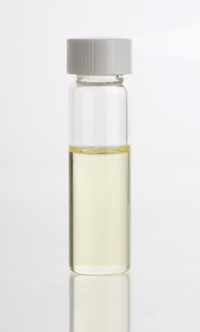
Photo from wikipedia
Fish by-product oil and lemon oil have potential applications as active ingredients in many industries, including cosmetics, pharmaceuticals and food. However, the physicochemical properties, especially the poor stability, compromised the… Click to show full abstract
Fish by-product oil and lemon oil have potential applications as active ingredients in many industries, including cosmetics, pharmaceuticals and food. However, the physicochemical properties, especially the poor stability, compromised the usage. Generally, nanoemulsions were used as an approach to stabilize the oils. This study employed an ultrasonication method to form oil-in-water nanoemulsion of lemon and fish by-product oils (NE-FLO). The formulation is produced at a fixed amount of 2 wt% fish by-product oil, 8 wt% lemon oil, 10 wt% surfactant, 27.7 wt% co-surfactants and 42 min of ultrasonication time. The size, polydispersity index (PDI) and zeta potential obtained were 44.40 nm, 0.077, and −5.02 mV, respectively. The biological properties, including antioxidant, antibacterial, cell cytotoxicity, and anti-inflammatory, showed outstanding performance. The antioxidant activity is comparable without any significant difference with ascorbic acid as standard and is superior to pure lemon oil. NE-FLO successfully inhibits seven Gram-positive and seven Gram-negative bacterial strains. NE-FLO’s anti-inflammatory activity is 99.72%, comparable to nordihydroguaiaretic acid (NDGA) as the standard. At a high concentration of 10,000 µg·mL−1, NE-FLO is non-toxic to normal skin cells. These findings demonstrate that the NE-FLO produced in this study has significant potential for usage in various industries.
Journal Title: Molecules
Year Published: 2022
Link to full text (if available)
Share on Social Media: Sign Up to like & get
recommendations!